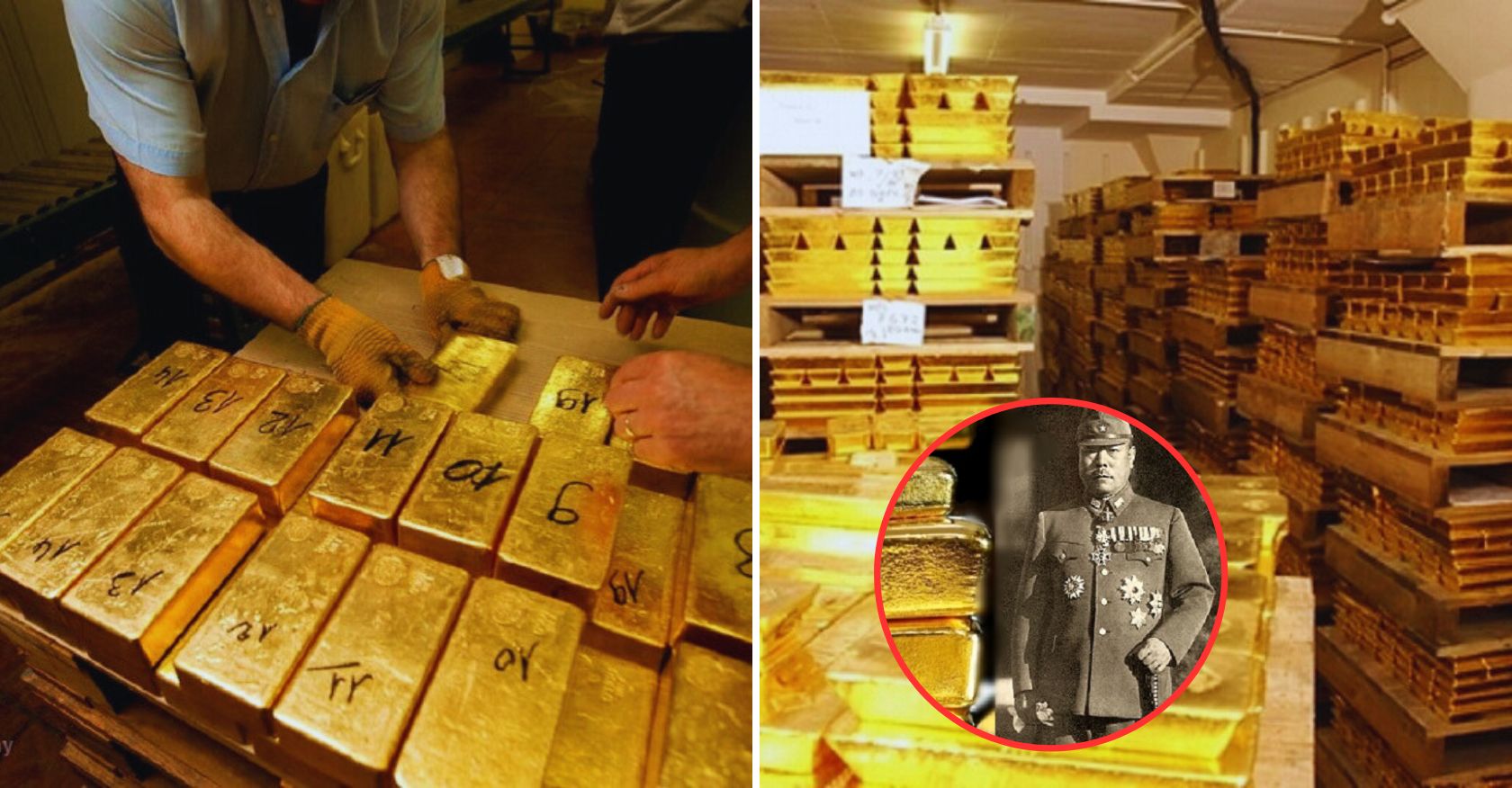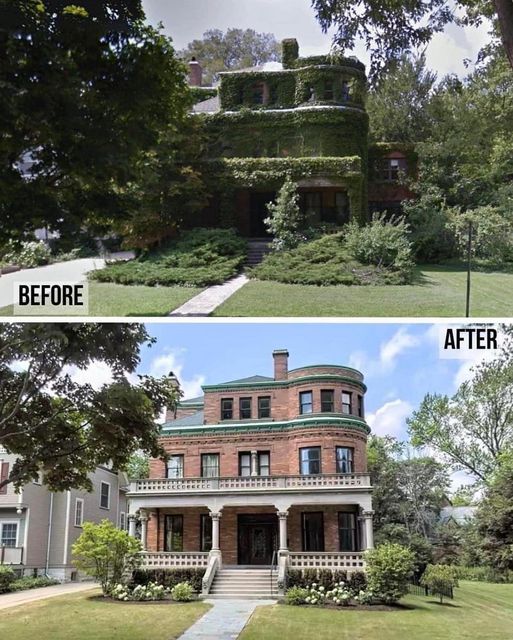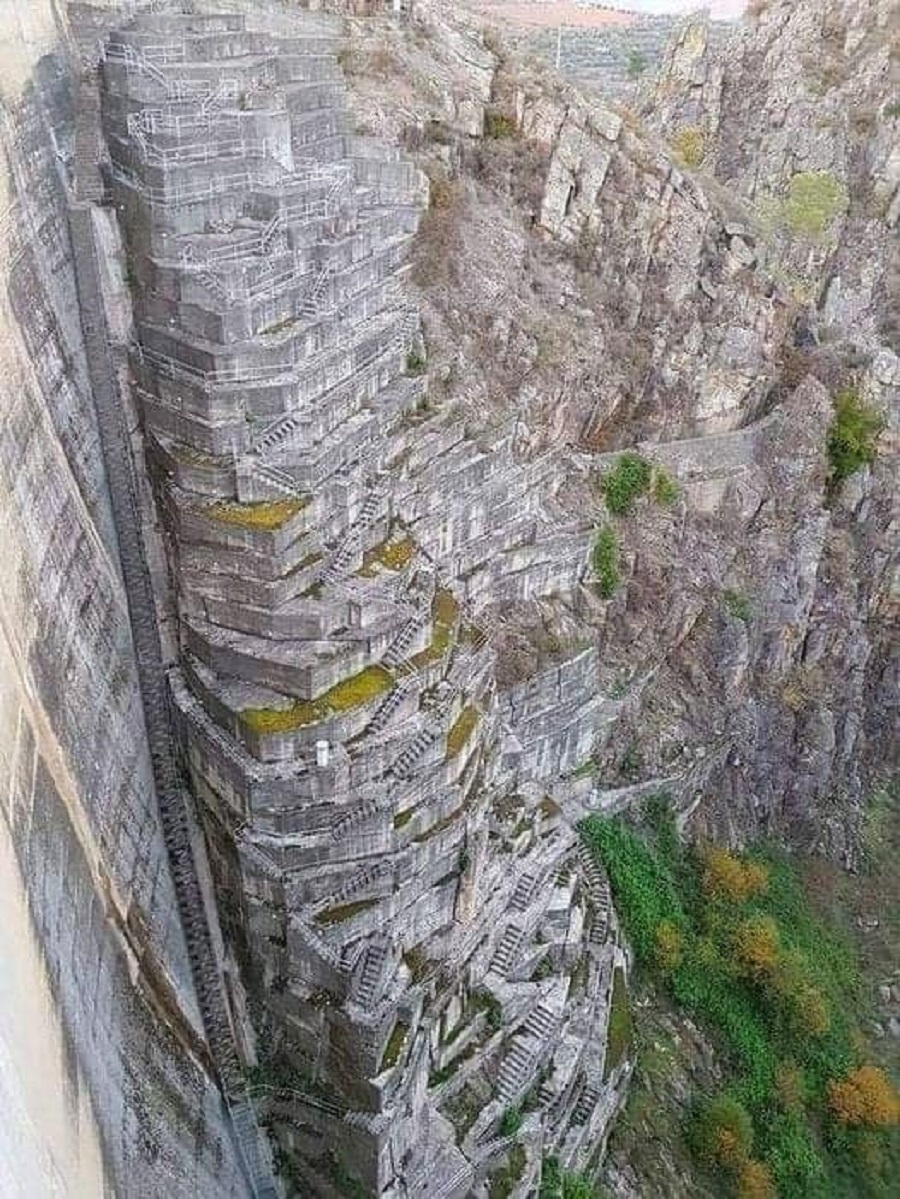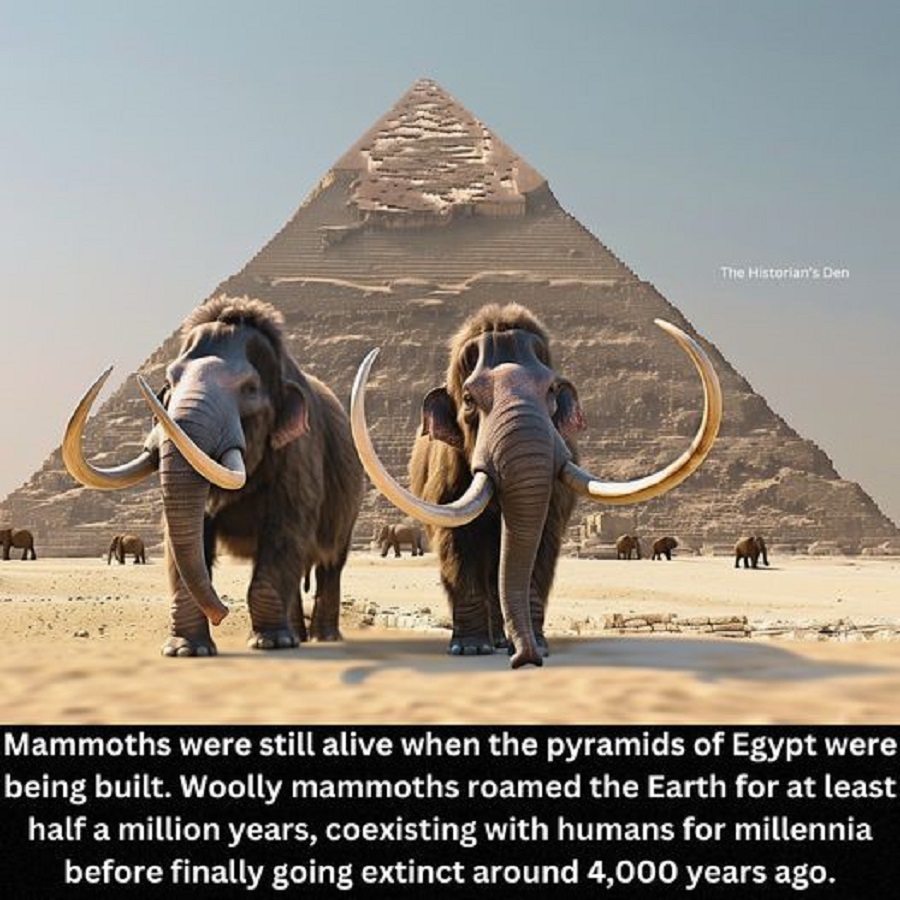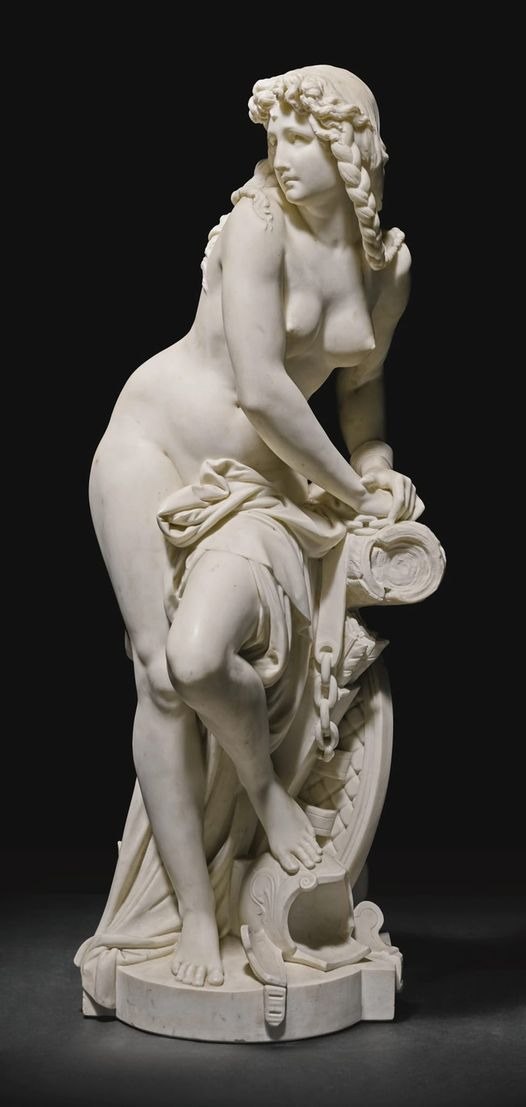GOLD RESERVE OF 6,000 TONS HIDDEN IN THE PHILIPPINES?
During World War II, under the direction of Emperor Hirohito, the Japanese imperialists plundered wealth from various Asian countries, and the locations of some of these treasures remain a closely guarded secret to this day, including a 6,000-ton gold reserve in the Philippines.

Treasure hunters in the Philippines detonated explosives to access an underwater cave. Beneath layers of mud inside the cave were gold bars that these divers believed to be part of the legendary Yamashita's treasure.
According to L'Express, after World War II ended, American journalists Sterling Seagrave and Peggy Seagrave conducted an 18-year investigation into the massive secret treasure trove looted by the Japanese military during the war. The details of this investigation were documented in their book "Gold Warriors," published in 2002.

During the tumultuous years of World War II in Asia, the Japanese imperialists executed a secret plan called "Golden Lily," directed by Prince Yasuhito, the younger brother of the Japanese Emperor. The purpose of the plan was to plunder all the wealth in Asian countries and transport it back to Japan to fuel its economy and war effort. Historians estimate that the amount of gold stolen by the Japanese forces could range from 100,000 to 300,000 tons.
The plan was executed comprehensively across various fields. Intelligence teams were dispatched to assess the situation, identify specific locations, and determine areas with significant wealth. The Japanese Emperor also deployed a large number of experts to appraise gold, silver, precious antiques, and artifacts for categorization.
It is estimated that within just a few years, the Japanese had looted vast amounts of wealth, including thousands of tons of gold from China, rare Buddhist statues from Myanmar, gemstones from Indonesia, and ceramics from Korea.
According to statistics, the Japanese seized 6,000 tons of gold in Nanking alone, not including other treasures. This gold was melted down and cast into gold bars, then transported back to Japan.

After the decisive Allied victory at the Battle of Midway in 1942, Japan's naval power significantly declined. As a result, Allied submarines began disrupting Japan's sea routes for transporting their loot. The Japanese imperialists then resorted to hiding their treasures in various Asian countries with the intention of eventually transporting them back to Japan.
In Vietnam, there are rumors that Mount Tau is the hiding place for 4,000 tons of Japanese gold from World War II.

Under the supervision of members of the Japanese royal family, General Yamashita Tomoyuki, the commander of Japanese forces in the Philippines, was tasked with constructing underground bunkers to store the secret treasure deep underground.
When the U.S. military tightened its siege of the Philippines in June 1945, with Japanese military camps just a few dozen kilometers away, the burial of the gold in the suburbs of Bambang city was completed.
The Japanese military organized a solemn ceremony around piles of gold bars. At midnight, General Yamashita and other Japanese royal family members secretly left the bunker and detonated mines placed at the entrance. All the engineers and workers who had been working for months were buried alive. Similar elimination plans were carried out at all other secret treasure burial sites
Ben Valmores, a servant of Prince Takeda Tsuneyoshi, was the only lucky survivor thanks to his master allowing him to leave the bunker before the mines exploded. "Prince Takeda Tsuneyoshi saved me and got me out of Tunnel No. 8 before the mines exploded," said Ben.
The Japanese royalty was later secretly picked up by submarines and taken back to Japan. The end of the war also marked the surrender of General Yamashita to the Allied forces. He was executed by a U.S. military tribunal on February 23, 1946, for war crimes, but he never disclosed any information about the treasure he had hidden.
Based on intelligence information and the scale of General Yamashita's construction plans, the U.S. military was certain that the Japanese had hidden a massive amount of wealth in the Philippines. The investigation continued until October 1945 and yielded some results.
At that time, President Harry S. Truman's administration secretly ordered the excavation of suspicious areas. According to information revealed by the two American journalists, the amount of wealth found in the Santa gold bunker was estimated to be in the billions of USD. Meanwhile, the total value of the wealth that the Japanese had hidden in 145 secret tunnels and caves, as documented by the two journalists, could be worth trillions of USD.

The U.S. government used this gold and silver reserve as well as other treasures to establish a secret fund for intelligence activities against the Soviet Union during the Cold War. Later, the CIA used this fund to support opposition forces attacking the government of Nicaragua. This scandal was exposed during the presidency of Ronald Reagan.
Former Philippine President Ferdinand Marcos once claimed to own a vast fortune due to the Yamashita treasure.
In addition, during his time in power in the Philippines, former President Ferdinand Marcos claimed to possess a huge fortune due to the Yamashita gold mine.





